
How did ancient Egyptians apply plant-based dyes to textured hair?
Ancient Egyptians colored textured hair with plant-based dyes like henna and indigo, linking personal presentation to social status and spiritual heritage.

Heritage Dyes
Meaning ❉ Heritage Dyes are natural colorants and traditional practices deeply intertwined with the cultural identity and ancestral wisdom of textured hair communities.

Louisiana Tignon Law
Meaning ❉ The Louisiana Tignon Law mandated head coverings for free women of color, an oppressive decree that became a symbol of cultural defiance.

How did ancient Africans care for textured coils?
Ancient Africans nourished textured coils with natural oils, butters, and herbs, prioritizing protection and cultural expression.

How did ancestral cultures treat textured hair types?
Ancestral cultures viewed textured hair as a sacred aspect of identity, using natural elements and communal rituals for its care.
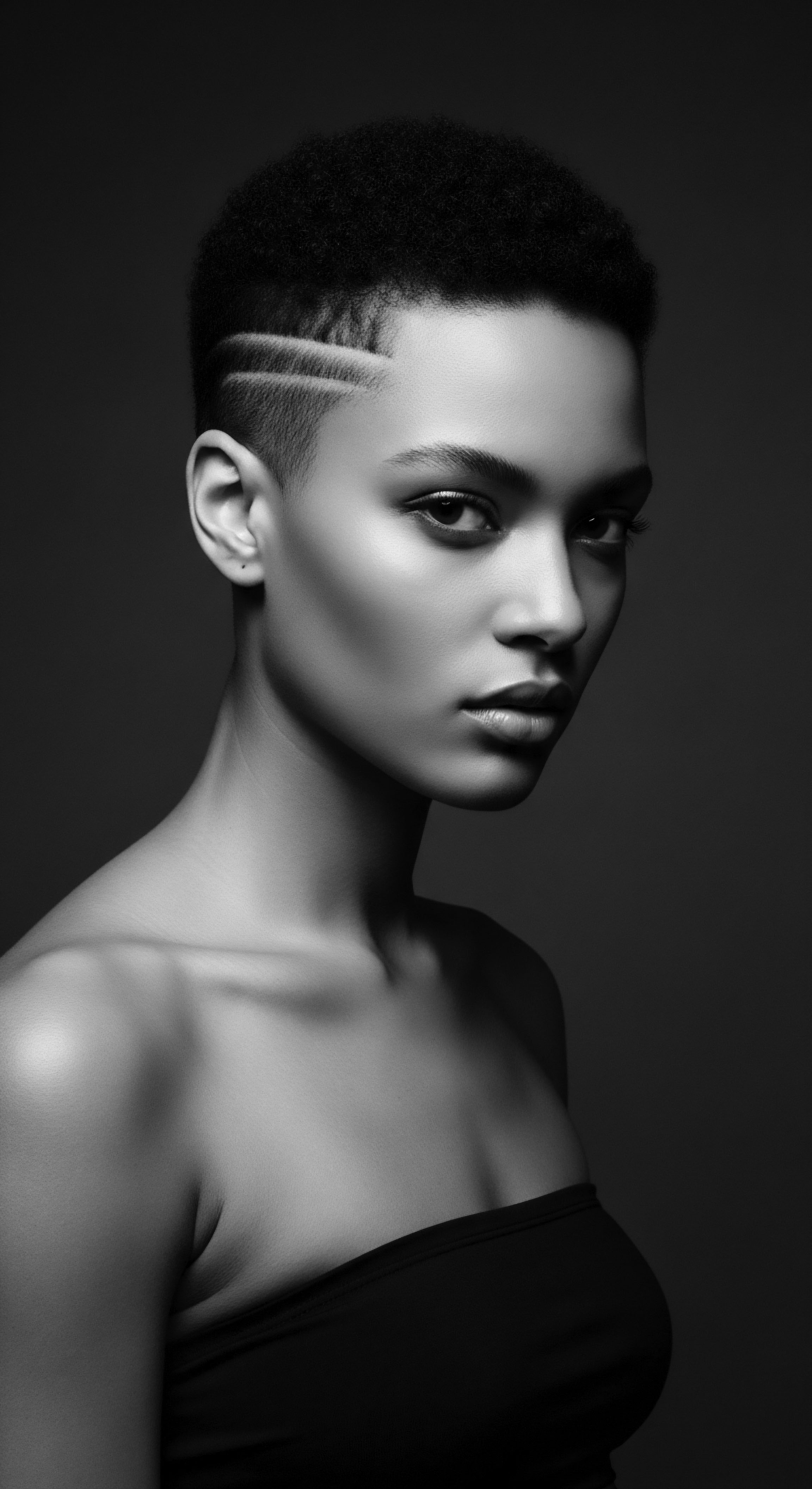
How did ancient combs adapt to textured hair biology?
Ancient combs adapted to textured hair biology through wide-toothed, sturdy designs, reflecting ancestral wisdom and heritage-driven care.

What modern practices reflect historical textured hair heritage?
Modern textured hair practices echo ancient traditions of care, styling, and adornment, preserving a rich cultural heritage.

How ancient grooming tools shaped textured hair care?
Ancient grooming tools profoundly shaped textured hair care by establishing ancestral practices of protection, styling, and cultural expression.

How does Himba hair styling signify social identity and heritage?
Himba hair styling, deeply rooted in otjize application, visually proclaims social standing, age, and fertility, preserving ancestral heritage.

How do cowrie shells signify wealth in African heritage?
Cowrie shells signify wealth in African heritage through their historical use as currency and their enduring spiritual connection to fertility and prosperity, often displayed in textured hair.
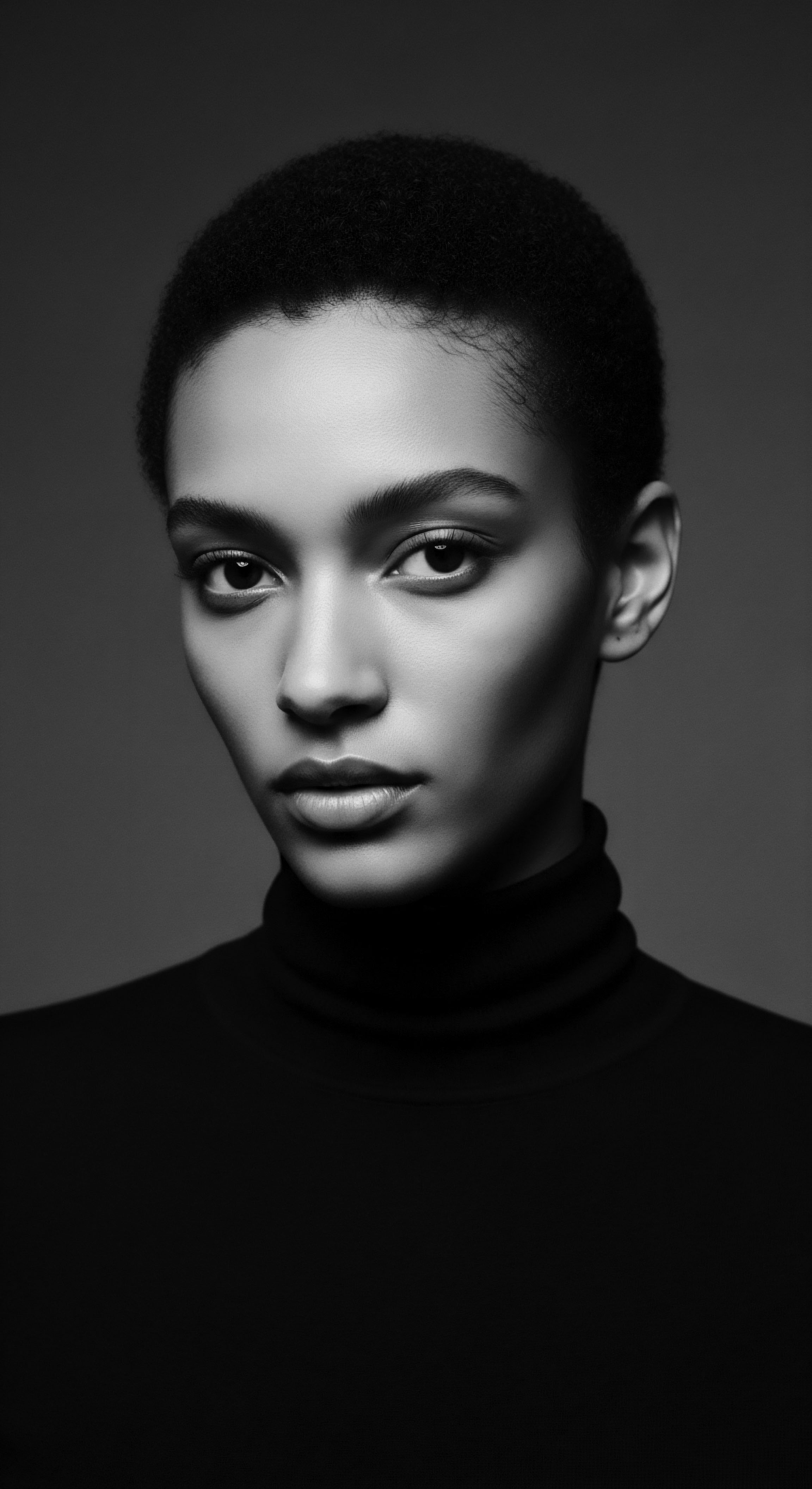
Why are specific materials used for textured hair adornment?
Specific materials are chosen for textured hair adornment due to ancestral wisdom prioritizing protection, cultural expression, and the unique needs of coiled strands.
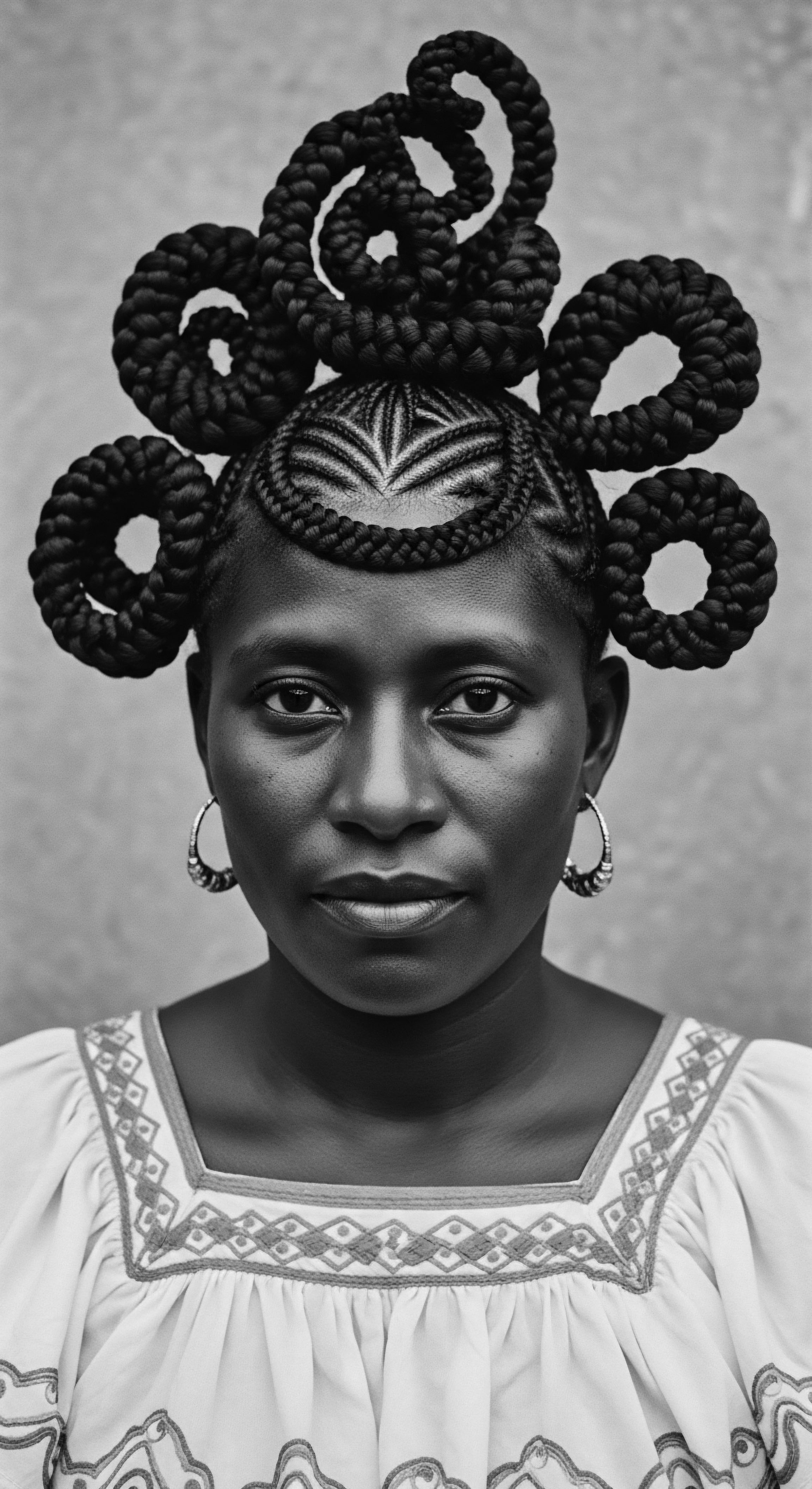
How did ancient Africans care for their hair?
Ancient Africans cared for hair using natural ingredients and intricate styles, reflecting deep cultural and spiritual significance.

How did hair wraps become symbols of resistance during historical oppression?
Hair wraps, born from African heritage, transformed into powerful symbols of dignity, community, and defiant self-expression during historical oppression.

In what ways did hair symbolize identity and status in ancient societies across the globe?
Hair in ancient societies, especially textured hair, profoundly symbolized identity and status through styling, adornment, and ritual practices.
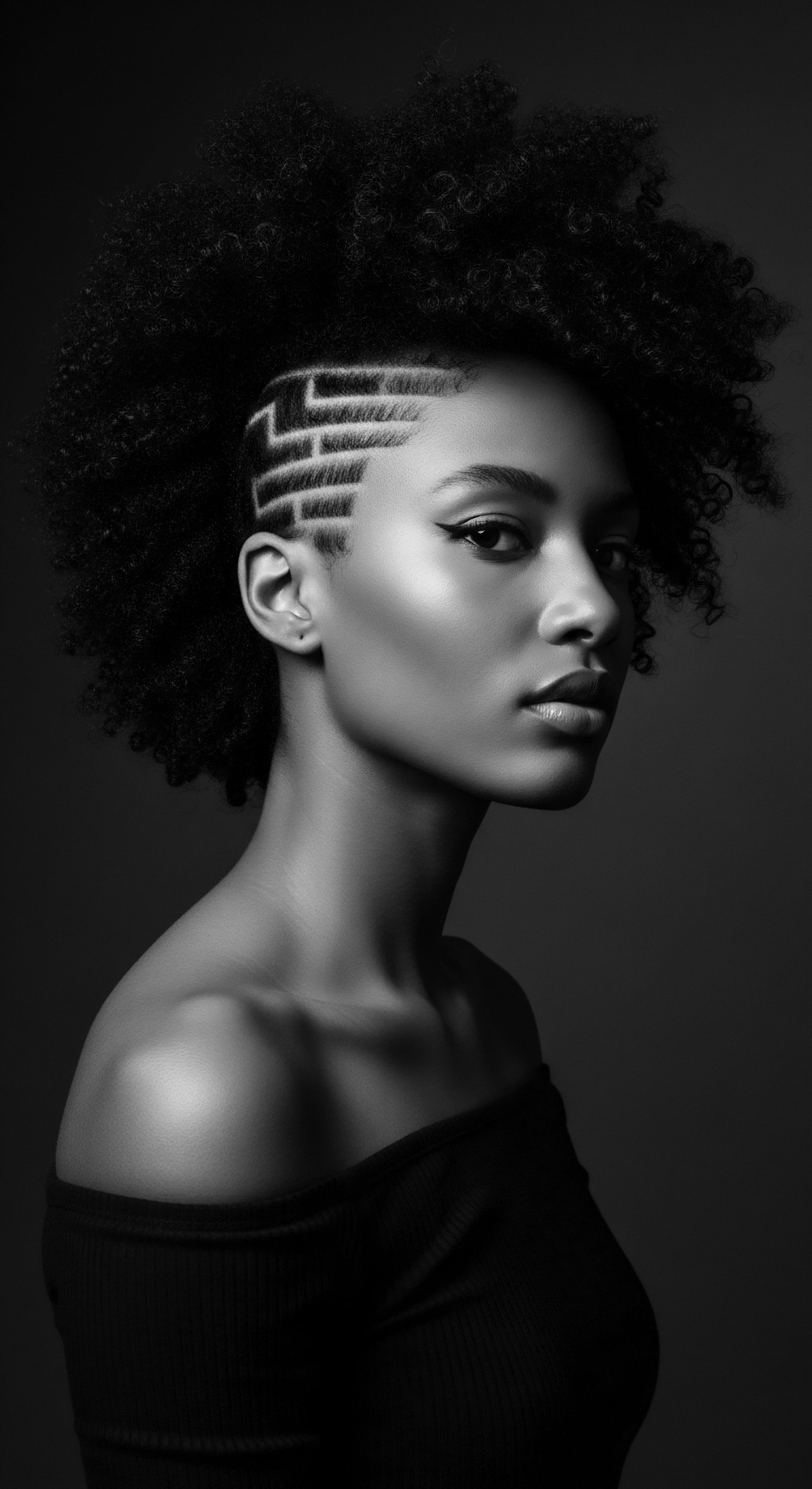
How did pre-colonial African societies honor hair heritage?
Pre-colonial African societies honored hair heritage as a spiritual conduit, social map, and artistic expression.

What ancestral practices influence modern textured hair care and adornment?
Ancestral practices inform modern textured hair care through historical styling, natural ingredients, and a deep cultural connection to heritage.
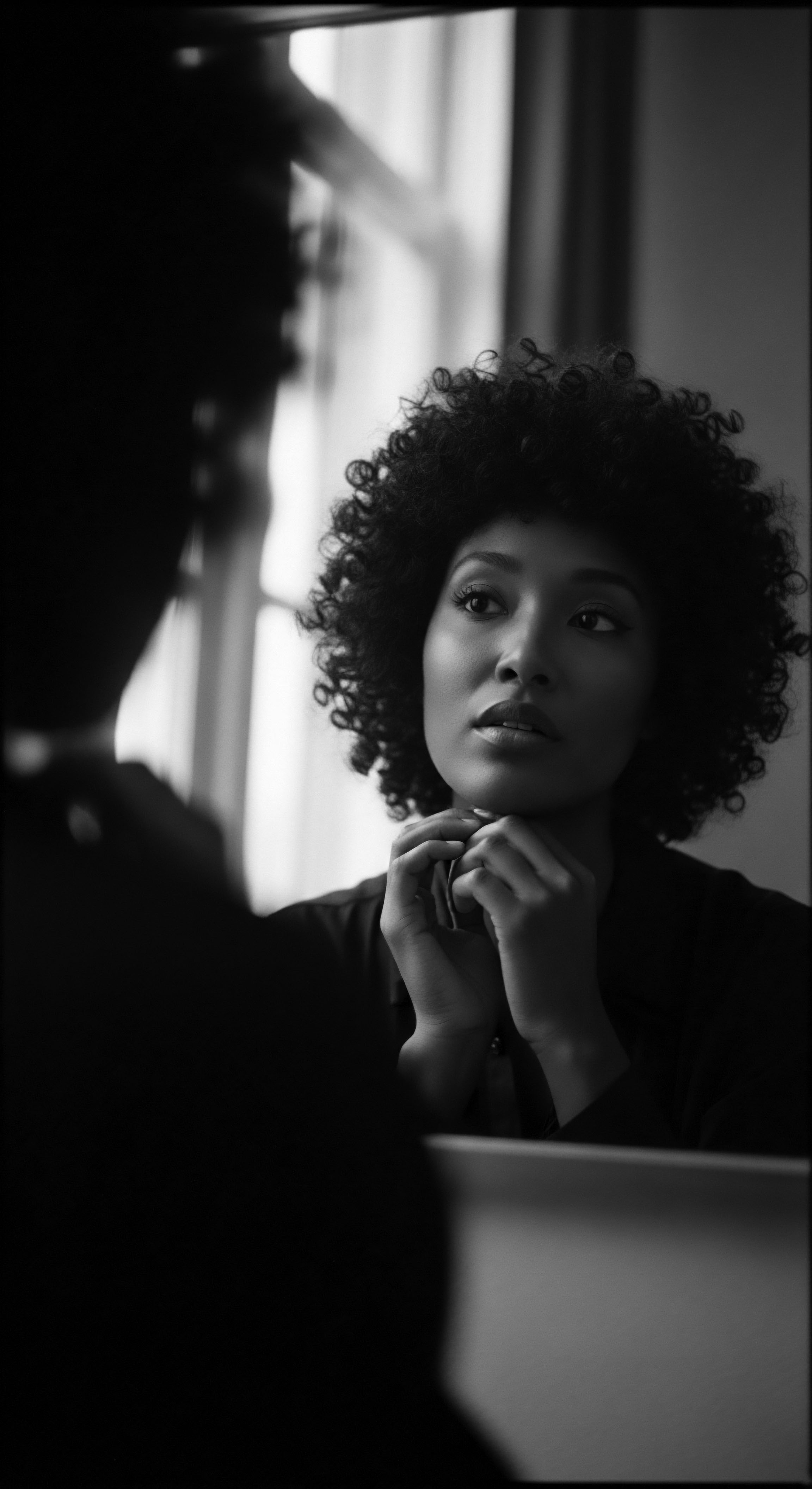
In what ways did the Afro movement reclaim cultural heritage through adornment?
The Afro movement used hair adornment to assert textured hair heritage, defying oppression and re-establishing Black identity.
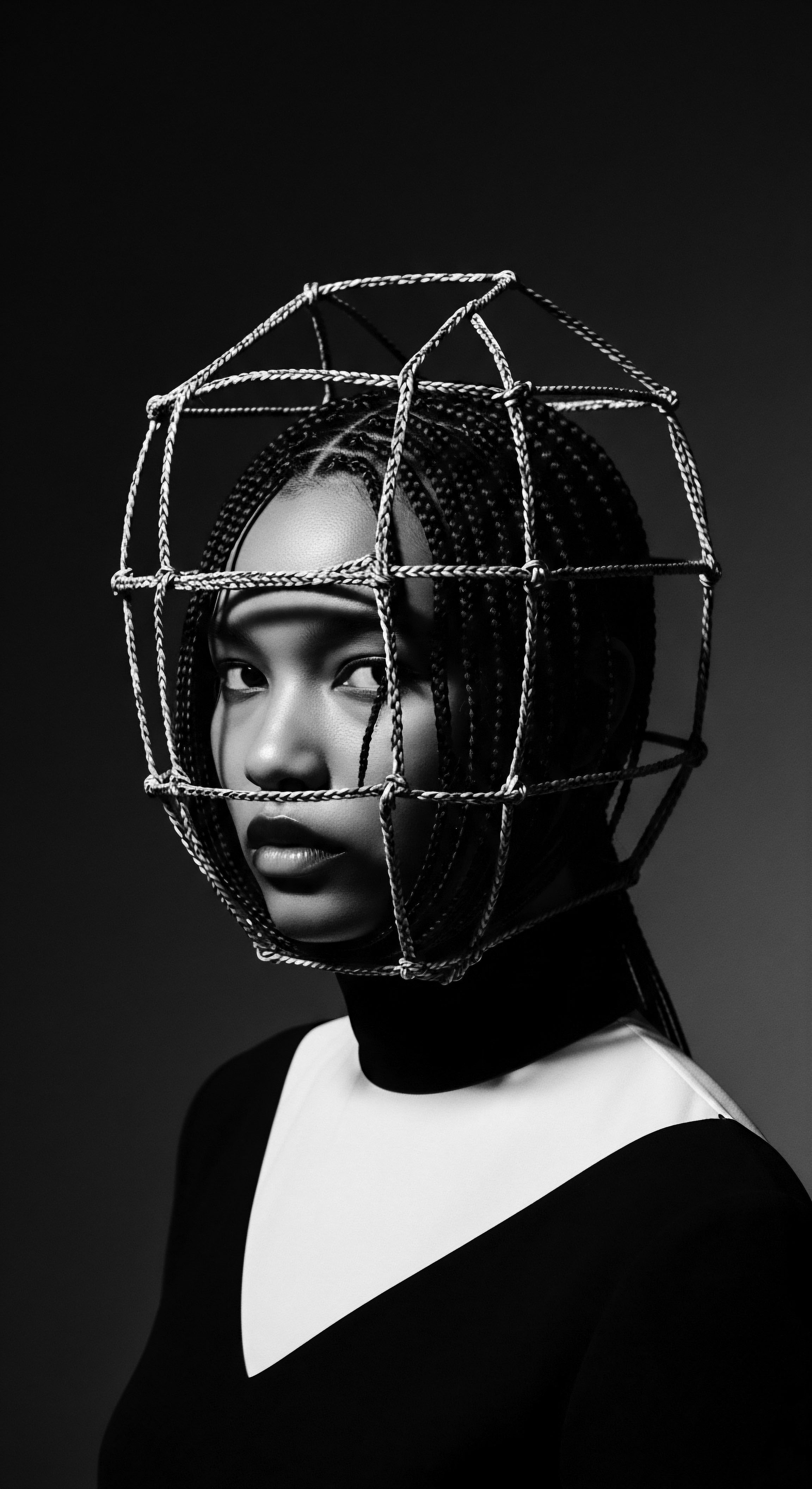
What historical role did plant-based dyes play in hair adornment?
Plant dyes profoundly shaped hair adornment, serving as identity markers and cultural statements within textured hair heritage.

How did hair communicate status in ancient African societies?
Ancient African hair communicated status through intricate styles, adornments, and communal rituals, reflecting deep textured hair heritage.
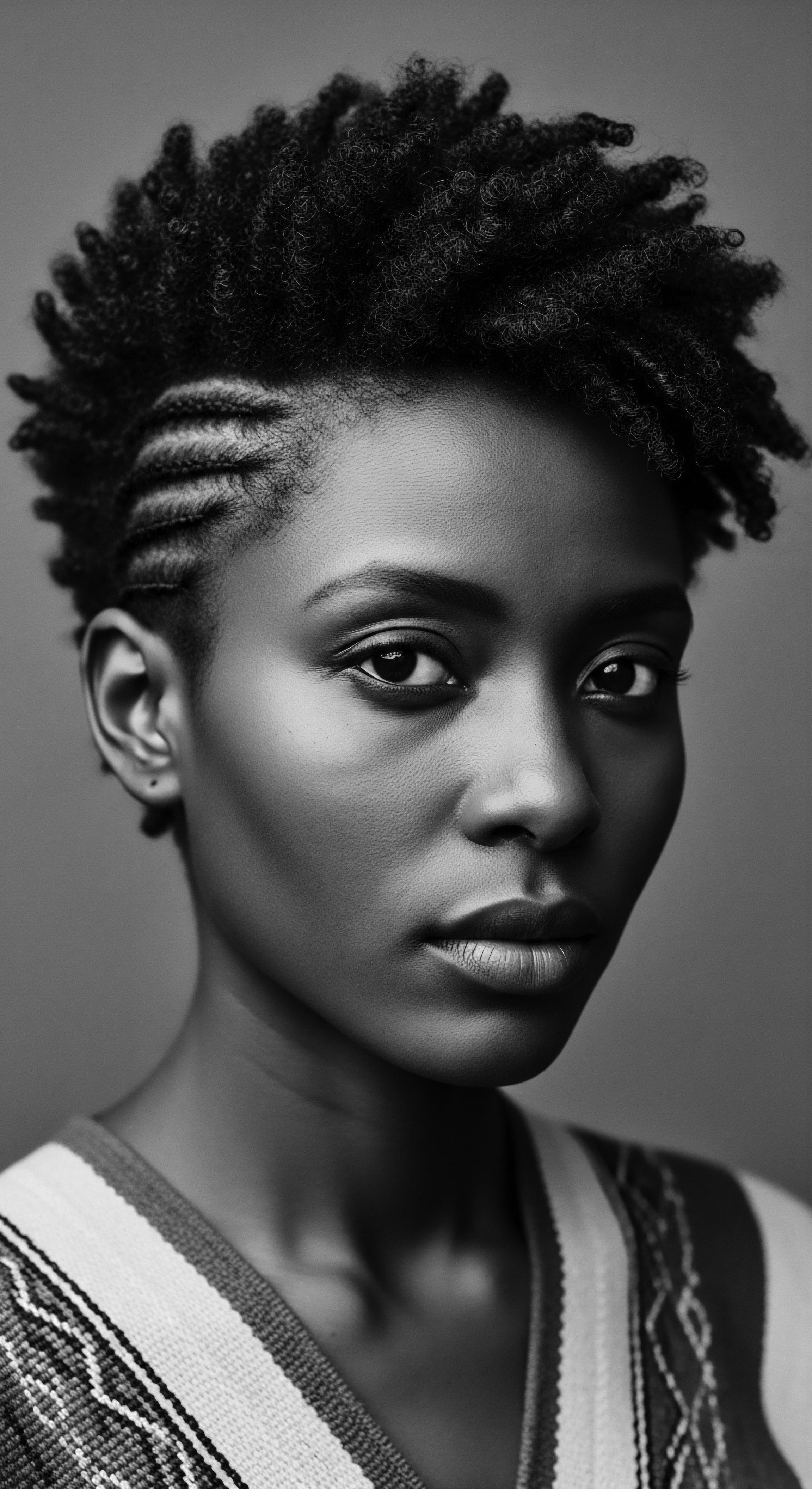
How did ancient African hair braiding communicate status?
Ancient African hair braiding communicated status by intricately mapping social standing, age, and lineage directly onto textured hair through diverse styles and adornments.

What ancestral hair traditions persist in contemporary practice?
Ancestral hair traditions persist through styling, ingredient choices, and holistic care, emphasizing textured hair's heritage.

How did ancient Egyptians dye textured hair?
Ancient Egyptians colored textured hair using natural plant-based pigments like henna and indigo, connecting adornment to cultural and spiritual heritage.

How do historical challenges with textured hair shape modern identity?
Historical challenges with textured hair shape modern identity by driving acts of resistance, adaptation, and affirmation, all rooted in a profound cultural heritage.

How was textured hair portrayed in ancient art?
Ancient art portrays textured hair as a symbol of identity, status, and spiritual connection, deeply reflecting its heritage in Black and mixed-race cultures.
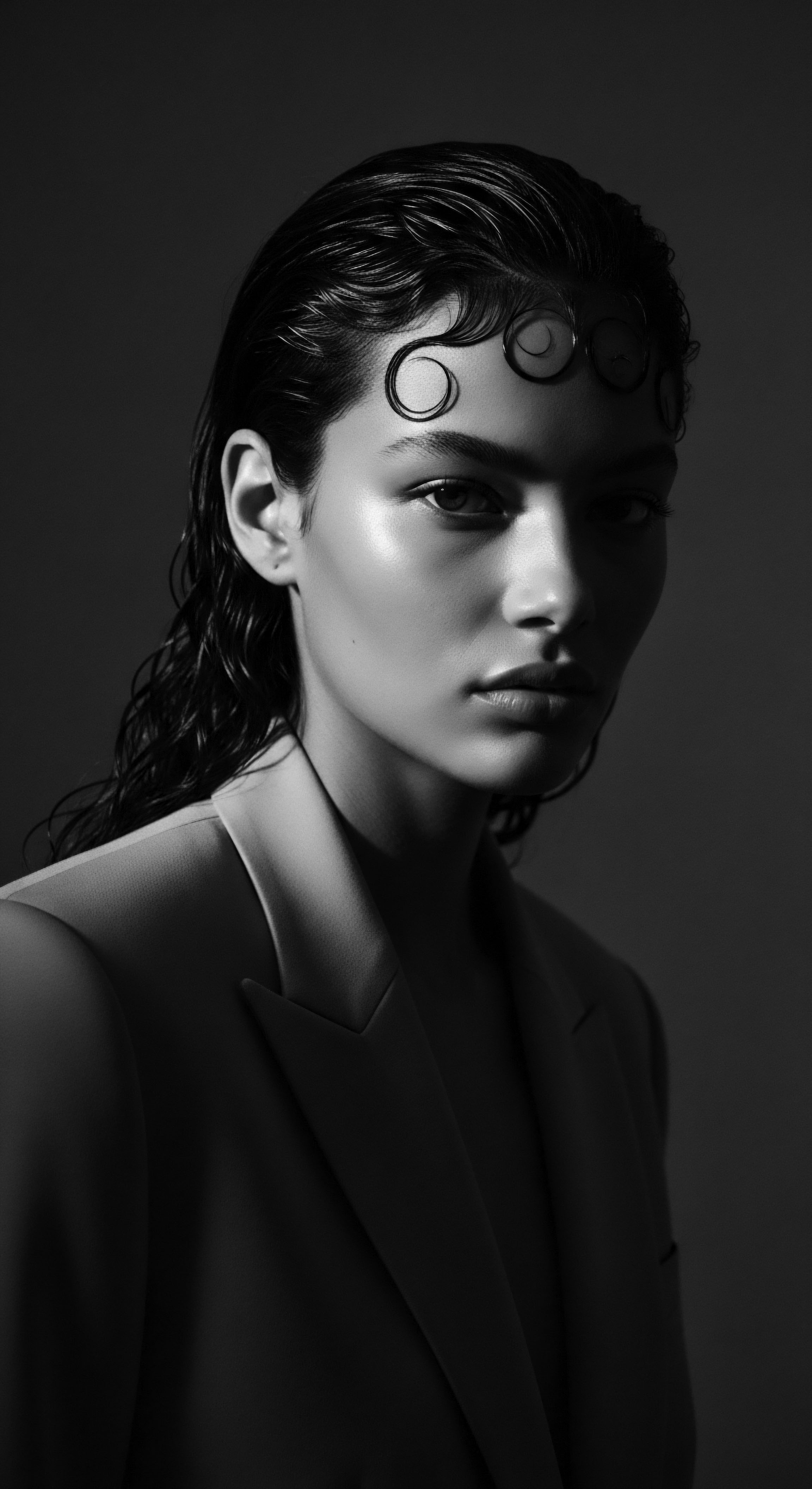
What were the earliest forms of textured hair adornment?
Earliest textured hair adornment linked to protective practices and social identity, using natural elements and intricate styles.

